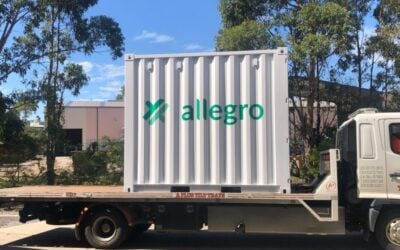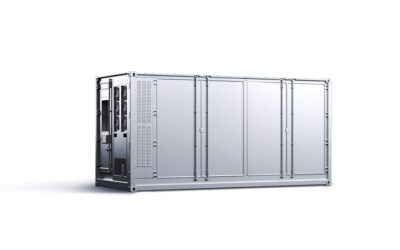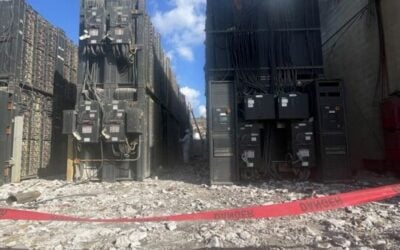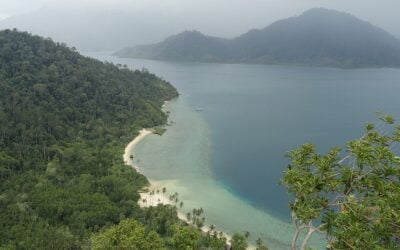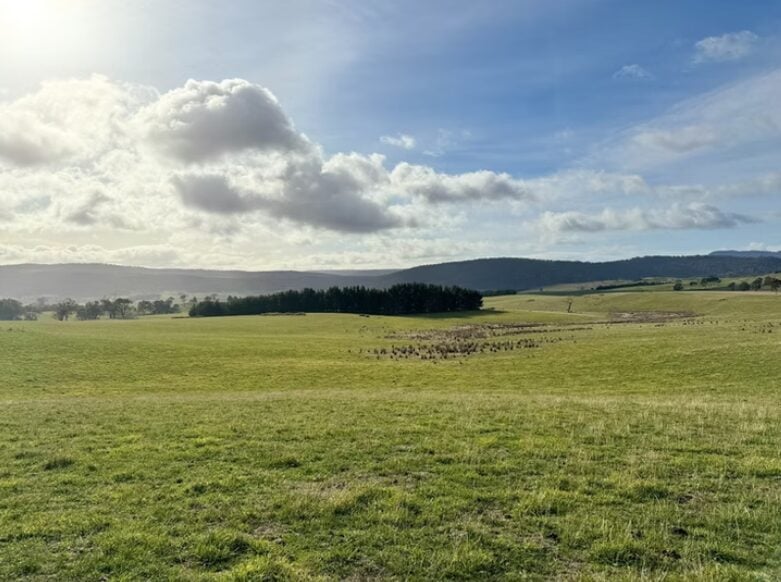
A proposed landowner-led 576MWh solar-plus-storage site in Tasmania has been added to Australia’s Environment Protection and Biodiversity Conservation (EPBC) Act.
The Weasel Solar Farm project will be located 9km north of Bothwell in the centre of the state and near the River Clyde. It will be connected to the National Electricity Market (NEM) and within the T3 Tasmania Midlands proposed renewable energy zone (REZ).
Enjoy 12 months of exclusive analysis
- Regular insight and analysis of the industry’s biggest developments
- In-depth interviews with the industry’s leading figures
- Annual digital subscription to the PV Tech Power journal
- Discounts on Solar Media’s portfolio of events, in-person and virtual
The Downie family from Dungrove and the Bowden family from Weasel Plains are proposing the project in collaboration with Alternate Path, an energy consultancy based in Victoria.
The site’s solar PV element will have a generation capacity of up to 250MW, and the co-located battery energy storage system (BESS) will be 144MW/576MWh in size and occupy a 3-hectare area.
Documents submitted to the EPBC Act said the BESS will include installing individual battery units and inverters similar in size and shape to a standard 20-foot shipping container. These units will be on an engineered hardstand surface.
The solar PV power plant will feature up to 4,000 single-axis tracking PV modules installed over 270 hectares of land. The plant’s layout will enable the continuation of agricultural practices, principally sheep grazing, in what is known as ‘agrivoltaics’.
Alongside agrivoltaics, the project developers have stated their desire to ensure forestry practices can continue in the vicinity to “generate significant social and economic benefits for the local community, surrounding landowners, and the state of Tasmania.”
The proposed project also includes the construction of a 33kV to 22kV substation and a 220kV switchyard within the BESS site. At the start of operation, the switchyard is expected to be transferred to TasNetworks, a state-owned transmission company. This will connect the solar-plus-storage site to the wider NEM.
The project’s anticipated operational lifespan is 30 to 40 years. At the end of its tenure, the plant will be decommissioned.
Co-located energy storage in Tasmania
Although Tasmania holds varying potential for solar PV power plants, the region is much more prominent in wind generation, owing to its geographical properties. Indeed, Tasmania benefits from the ‘Roaring Forties’, an area of the globe that continuously sees strong winds of around 15 to 30 knots all year round.
As such, a co-located BESS may be able to capture this energy and export it to the grid at times of peak demand. Several developers have realised this potential and have included a co-located BESS in their project designs.
One such developer is Goldwind Australia, which submitted plans for a 450MW wind-plus-storage project to the EPBC Act earlier this year. Dubbed the Bashan Wind Farm, the site would feature a 200-400MWh BESS and be located in the Central Highlands region of Tasmania.
In February 2025, another wind-plus-storage project, the 350MW Cellars Hill Wind Farm, caught headlines for being granted ‘Major Project’ status by the state government.
The AU$1.5 billion (US$940 million) Cellars Hill Wind Farm is a community-driven initiative led by local landowners, much like the Weasel Solar Farm. Cellars Hill Wind Farm Pty Ltd is the proponent behind the project. The developers intend to co-locate a 600MW/2,400MWh BESS with the wind turbines.


